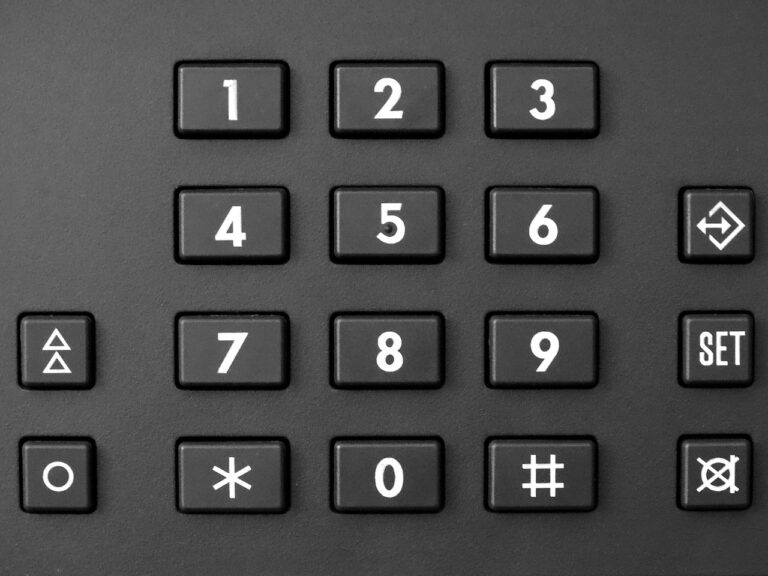The Future of Finance: Exploring Fintech Innovations and Disruptions
Traditional banking sectors face numerous challenges in the ever-evolving financial landscape. One of the primary obstacles is the increasing competition from fintech companies that are offering more convenient and innovative services compared to traditional banks. This competition puts pressure on traditional banks to adapt and improve their services to meet the changing demands of customers.
Another significant challenge for traditional banks is the rising costs of compliance and regulation. As regulatory requirements become more stringent, banks must allocate more resources to ensure they are operating within the legal framework. This not only increases the operational expenses for banks but also adds a layer of complexity that can hinder their ability to provide efficient and cost-effective services to customers.
Rise of Digital Payment Solutions
Transitioning from traditional cash transactions to digital payment solutions has revolutionized the way we conduct financial transactions today. With the convenience of just a few taps on a smartphone or a click of a mouse, consumers can now make payments seamlessly and securely. This shift has not only increased efficiency but has also enhanced accessibility to financial services for a wider population.
The rise of digital payment solutions has paved the way for innovative payment methods such as mobile wallets, peer-to-peer transfers, and contactless payments. These methods have not only made transactions more convenient, but also reduced the reliance on physical cash. Additionally, digital payments have enabled businesses to streamline their operations and cater to a global audience, leading to enhanced scalability and growth opportunities.
• Mobile wallets have become increasingly popular, allowing users to store multiple payment methods in one secure platform
• Peer-to-peer transfers have made it easier for individuals to send money to friends and family without the need for physical cash or checks
• Contactless payments have gained traction due to their convenience and speed, especially during the COVID-19 pandemic
• Digital payments have allowed businesses to expand their customer base beyond geographical boundaries
• The scalability of digital payment solutions has opened up new opportunities for businesses to grow and thrive in a digital economy.
Impact of Blockchain Technology on Finance
Blockchain technology has been making waves in the financial sector, revolutionizing the way transactions are conducted. The decentralized nature of blockchain allows for secure and transparent record-keeping, reducing the need for intermediaries in financial transactions. This has the potential to streamline processes, minimize costs, and enhance security for both consumers and businesses alike.
Moreover, blockchain technology has opened up new opportunities for financial inclusion, particularly in regions where individuals may not have access to traditional banking services. By enabling peer-to-peer transactions and eliminating barriers to entry, blockchain has the potential to empower underserved populations by providing them with a more accessible and affordable means of conducting financial transactions. The transparency and efficiency of blockchain technology have the potential to reshape the financial landscape and drive greater financial inclusion in the years to come.
What are some challenges faced by the traditional banking sector in light of blockchain technology?
Some challenges faced by the traditional banking sector include increased competition from digital payment solutions, potential disintermediation, and the need to adapt to new technological advancements.
How is blockchain technology impacting finance?
Blockchain technology is revolutionizing finance by enabling secure and transparent transactions, reducing costs, increasing efficiency, improving security, and providing new opportunities for innovation.
What are some examples of digital payment solutions that have risen due to blockchain technology?
Some examples of digital payment solutions that have risen due to blockchain technology include cryptocurrencies like Bitcoin, Ethereum, and Ripple, as well as stablecoins and decentralized finance (DeFi) platforms.
How can traditional banks adapt to the rise of blockchain technology in finance?
Traditional banks can adapt to the rise of blockchain technology by exploring partnerships with blockchain companies, integrating blockchain technology into their existing systems, offering blockchain-based products and services, and investing in blockchain research and development.







